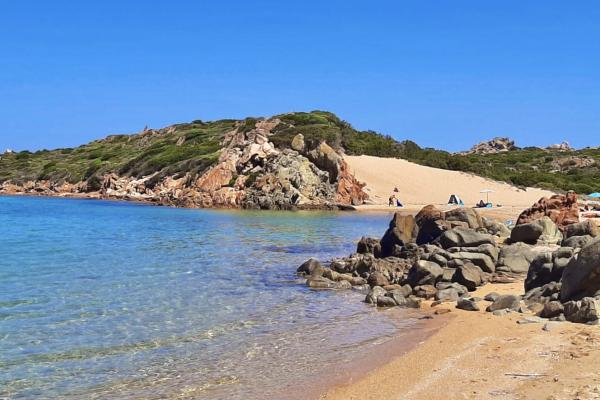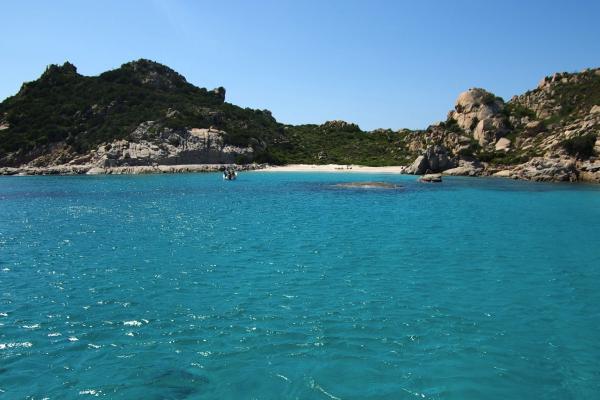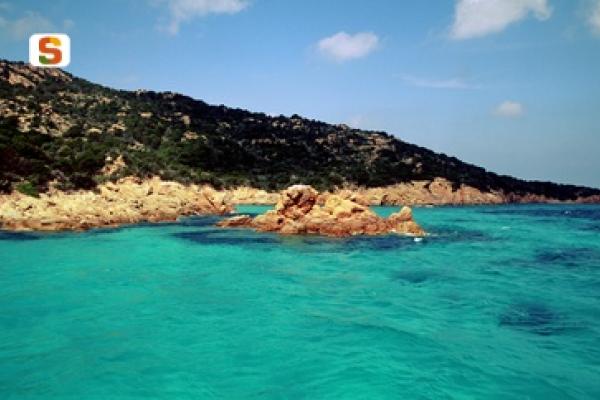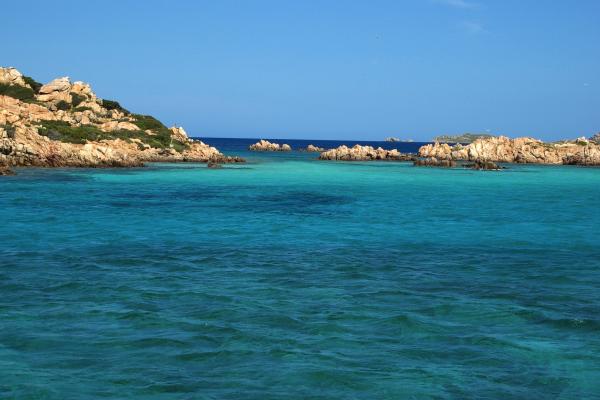On the northernmost stretch of the coastal road that runs along the entire perimeter of the island of La Maddalena you’ll find the enchanting beach of Bassa Trinita. It is shielded between a 128-metre-high rocky spur, once used as a military battery, and small granite coves connected to each other. The name comes from an ancient church, called ‘Della Trinità’, which was built immediately after the occupation of the island (in 1767) and stands in the centre of a small village once inhabited by Corsican people.

Beach
Among the wonders of the La Maddalena national park, in the extreme north-east of Sardinia, there is a splendid beach protected by a promontory and by a small church, which looks out onto the archipelago from the largest island
Among the wonders of the La Maddalena national park, in the extreme north-east of Sardinia, there is a splendid beach protected by a promontory and by a small church, which looks out onto the archipelago from the largest island
See this place because...
You will be dazzled by a captivating corner of the island of La Maddalena, where you can climb the fine sand dunes and enjoy unique views that dominate the nearby smaller islands of the archipelago
You may also like
More attractions in the vicinity
Nearby hotels and accommodations

Bed and breakfast
LA MADDALENA
0 km

LA MADDALENA
1 km

LA MADDALENA
1 km













